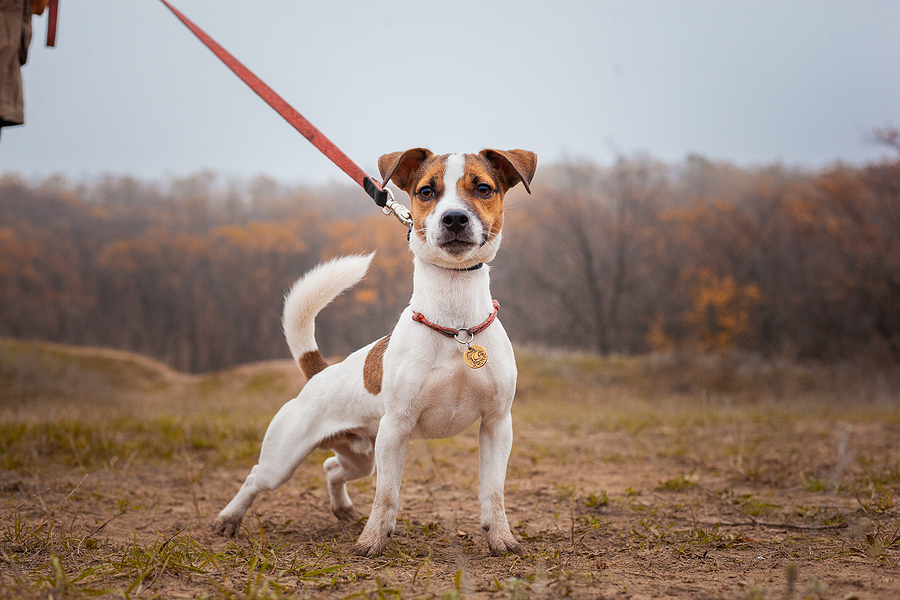Prong dog training collars, also known as pinch collars, are a type of collar designed to help train dogs. The collar consists of metal prongs that gently pinch the skin on the dog’s neck when they pull on the leash.
There has been a lot of controversy surrounding the use of prong collars. When used properly, they are not cruel or harmful to your dog and can be a valuable training tool. The primary purpose of the collar is to train your dog not to pull or tug when on a leash but to walk comfortably beside you.
If you are considering making a prong collar part of your training regime, you should work with or consult with a professional dog trainer. Guidance from a professional trainer will ensure you’ve chosen the right collar and are using it properly.

Collar Quality and Size
When choosing a prong dog training collar, it is important to select one made of high-quality materials. The last thing you want is for the collar to break during training or cause your dog any discomfort. Also, avoid prong collars that have rubber tips. Although they give the impression of protection, the rubber tips can rub on your dog’s fur, making them uncomfortable.
Prong dog training collars come in a variety of sizes. Be sure to know the measurement of your dog’s neck when determining which size collar to buy. Purchasing the wrong size collar could end up causing your dog pain or discomfort. Many professional dog trainers sell prong collars. Purchasing from a professional rather than a corporate-owned pet store will ensure that you’ve purchased the proper collar for your dog.
Proper Placement
The prongs on a dog training collar should sit high on the dog’s neck, just behind the ears. The fit should be snug but not too tight. You should be able to fit one finger between the collar and your dog’s neck. If the prongs are placed too low on the neck, they can rub against the trachea and damage it. If they’re too high, the prongs may not have any effect when you give corrections.
For Training Only
The prong dog training collar should not be worn continuously, only when actively training your dog. Training with the collar should not exceed an hour at a time or be left on the dog when unsupervised. Improper use can lead to pain or injury. This is why there has been so much of controversy surrounding prong training collars.
Prong dog training collars should only be used during specific training sessions and not as a dog’s primary walking collar. Dogs learn by association. If a prong collar is used consistently, the dog will begin to associate the discomfort from pulling with greeting people or other dogs on your walks. This can lead to the dog becoming timid or aggressive around people and animals. Prong dog training collars should only be used during short, specific training sessions, and it is highly recommended that they be used under the guidance of a professional.

Prong Dog Training Collars – Consult with the Professionals
Prong collars are a short-term training tool. Some dogs respond to the training faster than others. However, training with a prong collar should not last more than six months, and you should never use a prong collar on a puppy.
Still have questions about prong dog training collars? The professionals at Beau’s K9 Academy can answer your questions and help you choose the right collar for your dog from their quality selection.
Our team of experienced dog trainers offers programs and strategies that are results-driven. We offer basic training, board and train, and even behavior modification. The options to teach your canine companion are endless at Beau’s K9 Academy. Contact us today.

